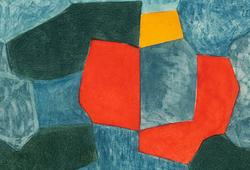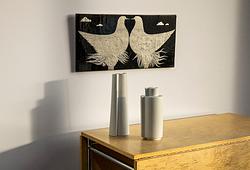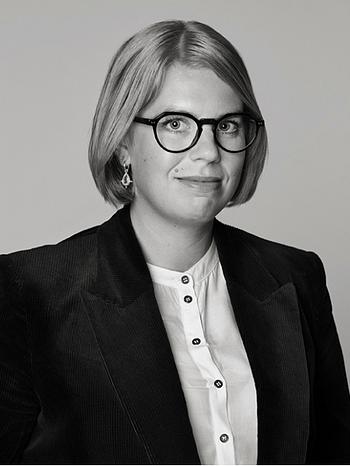Olle Olsson-Hagalund
"Konfirmanden" (self portrait)
Signed Olle Olsson Hagalund. Executed in the 1950s. Canvas 91 x 72 cm. Frame hand-painted by the artist 118 x 98 cm.
Exhibitions
Liljevalchs konsthall, Stockholm, "Olle Olsson Hagalund Minnesutställning", 12 October - 30 December 1973, cat. no 165 (belonging to Sven Stenheim, Djursholm).
Literature
Lillemor Derr, "Olle Olsson Hagalund - om konstnären och hans miljö", Carlssons Bokförlag , Stockholm, 2004. Cf. the self portrait "Målare och änglarna", 1940s illustrated p.45.
More information
Olle Olsson Hagalund, known for his vibrant depictions of everyday and folk motifs, portrays a young confrimand in a traditional setting. The picture surface is completely dominated by the boy, dressed smartly in a dark suit, with polished shoes and a red carnation tucked into his buttonhole. The precise depiction of the face and clothing conveys a sense of solemnity and expectation. His arms are full of flower bouquets, and he meets the viewer with an intense and clear gaze. It is the artist himself who is depicted as a young man on this ceremonial day. The moment's ceremonial seriousness is reflected in the biblical motif that is featured in the upholstery of the chair. Olle Olsson Hagalund has been likened to Matisse and Modigliani, but he is a completely unique artist – self-taught and rooted in the idyll of the borough Hagalund in Solna.
Early on, he added "Hagalund" to his signature to show pride in the place where he was born, where he lived, and worked – and which he fought throughout his life to preserve. In his paintings, Olle Olsson sought to present a different image of Hagalund than the portrayal of a slum that appeared in the newspapers and media of the time. He depicted the township of 400 wooden houses along with it's people in an engaging and sensitive manner. He fought to preserve the small-scale environment, but the demolition wave of the 1960s and 70s was overwhelming for him. High-rise buildings loomed on the horizon, in his paintings and in reality, and only a few selected buildings escaped the bulldozers.
Olle Olsson Hagalund's advocacy work contributed to the preservation of his childhood home, studio, and residence. At the corner of Spetsgatan/Furugatan stands his grandfather's hand-crafted pistachio-green villa, complete with decorative woodwork, turrets, and towers. The idyll of Hagalund may have been erased, but at the Olle Olsson Hagalund Museum, his art lives on. The paintings remain, with their refined colourfulness telling the stories of the small people, the overlooked neighbourhoods, and the beauty in the everyday.
Photo: Confirmation in the Hagalund church. Pastor Theodor Flordh, 1940s. (Solna Stads Bildarkiv Solb 1978 106 33)
Photo: The Olle Olsson house, Spetsgatan, Hagalund. (Solna stads bildarkiv "Solb 2013 02 151)

























